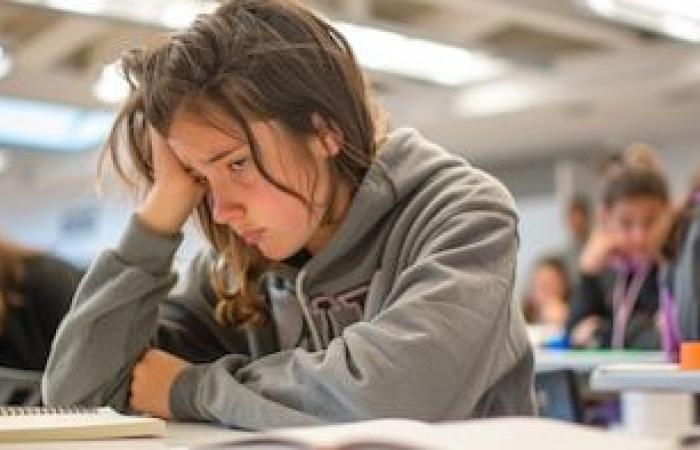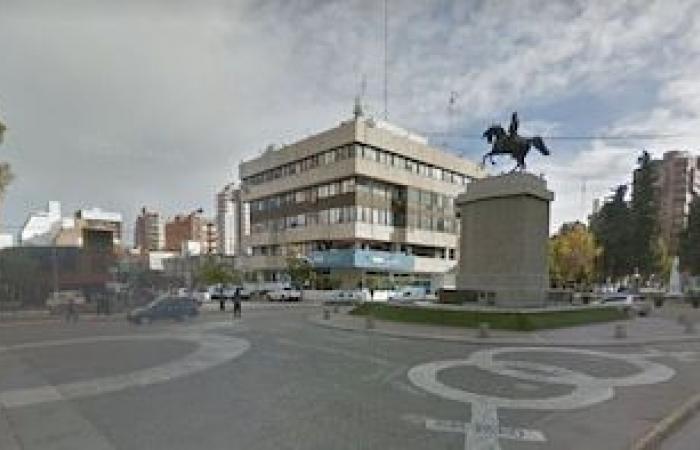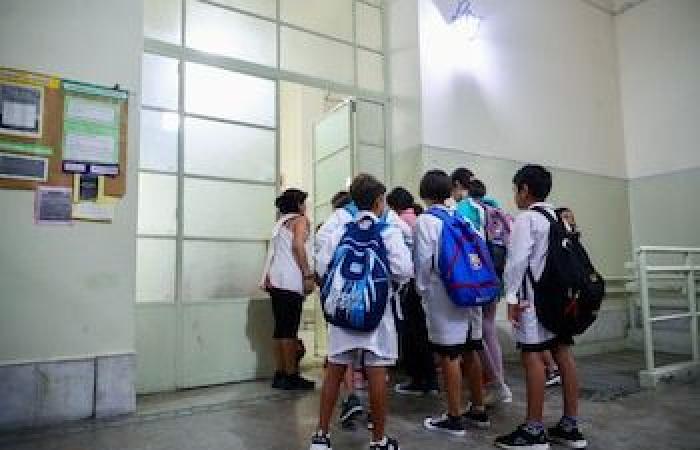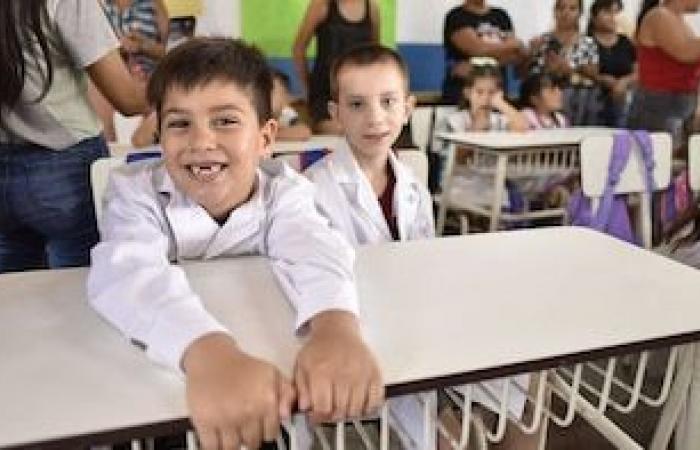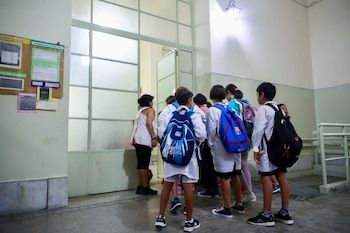The results of the last test learn They drawn a lousy panorama in literacy matters: less than half (45%) of the students of Argentine primary schools reaches the expected level of reading at the end of third grade.
According to the questionnaires applied in November last year, there are important differences between students according to economic level, but also jurisdiction. Formosa and Córdoba stand out as the provinces with the best resultswhile Chaco and San Juan record the lowest performances.
More than 91 thousand students from 4,178 schools throughout the country participated in the evaluation, which determined six levels of reading skills: from the “incipient reader” – which only begins in reading short statements and can only read words if it has an image support – up to level 5, which includes those students who include complex texts in “literal, inferential and reflective way” and establish inferences.
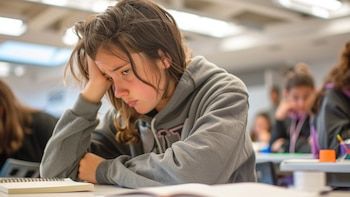
Formosa It was the jurisdiction with better results, with 63.6% of the students reaching the expected level of reading (4 and 5). In addition, 37% of the students were at the highest level, which means that they can perform complex inferences about the texts. Nationally, only 18.7% of students reach this level.
The literacy plan in this province is oriented towards a constructivist approach and with emphasis on the bilingual education The Undersecretary of Provincial Education, Luis Ramírez Méndezcelebrated the good performance of the students and referred to the accusations of “manipulation of results”.
“These are schools that Nation selects for each province and we have no incidence. There are institutions of intercultural bilingual, public and public management, ”he said, in statements collected by AgenFor.

Second is located Córdobawhere almost 6 out of 10 students reach the expected levels of literacy and 29.6% achieve the highest level. Its educational policy, the “literacy commitment”, is based on the literacy programs implemented throughout the last decade.
The Buenos Aires City (CABA) follows with 55.5% of students reaching reading levels 4 and 5. These students were evaluated under the old curricular design, which prioritized a global or constructivist approach. However, this year he reoried towards a “structured” method, focused on phonological consciousness (correspondence between letters and sounds).
From greater to lower performance, the following jurisdictions follow:
-- Chubut: 49.9%
- La Pampa: 49.6%
- Santa Cruz: 47.2%
- Santiago del Estero: 47%
- San Luis: 46.6%
- Salta: 45.8%
- Jujuy: 45.6%
- Tierra del Fuego: 45%
- Black River: 44.8%
- Mendoza: 44,1%
- La Rioja: 43.9%
- Currents: 43.8%
- Province of Buenos Aires: 43.7%
- Catamarca: 43.6%
- Santa Fe: 41.4%
- Tucumán: 40.4%
- Entre Ríos: 40.4%
- MISSIONS: 38%
- San Juan: 37%
- Neuquén: 35.8%
- Chaco: 34,2%
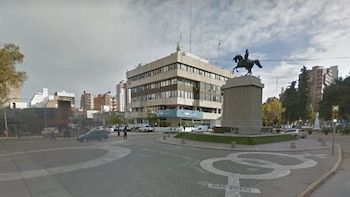
The province of NeuquénAnyway, it is a special case because it had a low participation of schools (40%) and students (34%).
Despite the notorious asymmetries in the ranking, the differences do not seem to be related to the method chosen by each jurisdiction, since provinces that claim to use similar approaches obtain very different results.
At the end of May the Full report With the national results, accompanied by the detail of each province. There will be no reports per school.
Meanwhile, third -grade students will be evaluated this year in reading and in other areas in the ERCE regional testsorganized by UNESCO.
In this case, the test measured the socioeconomic level of schools, not students. In it lower quintile (the poorest schools), only 1 in 3 students (32%) reaches the expected level of reading. At the other extreme, in the highest quintilethe figure amounts to more than double: 66,8%.
At the same time, among the students most favored in the country1 in 10 (12,3%) It is below the minimum threshold: they do not reach level 3 of performance. Among the less favoredthere are 4 out of 10 (44,4%) Those who do not reach that level.
The socioeconomic gap is also observed when comparing the results of the State schools with the private (which, on average, usually have an older NSE). In the state sector, the expected level of reading reaches the 39% of the students, while in the private sector the figure is much greater: 62,4% (23.4 points of difference).
The former rector of the National College of Buenos Aires, Gustavo Zorzoli, said in statements to the Argentines observatory for education: “To improve literacy, it is urgent to consolidate an evaluation policy that is sustained over time, with tests built solidly, census, annual and applied under homogeneous criteria. Without continuity, there is no baseline or possibility of identifying advances or setbacks “.
Meanwhile, Cecilia VELEDA, Doctor in Sociology of Education and Coordinator of the Argentine Porvenir Foundation, he said: “Without literacy No other learning is possible. In the most postponed sectors, 20% do not read: this is institutionalized illiteracy. For all students, less than half manages to understand texts in an expected way, after having attended school from 4 years to 8, when this test is taken. We must all commit to this central theme. ”



